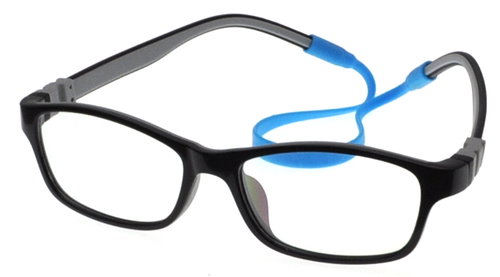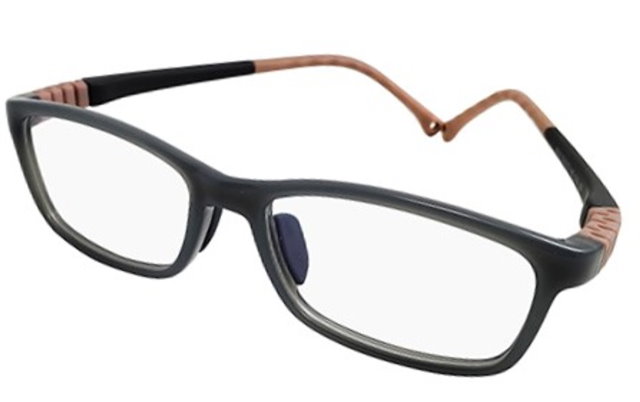Understand What Your Eye Doctor Prescription Says About Vision
If you are having trouble with your vision, the eye prescription is one of the most frustrating things you can get after being told you need corrective lenses. Numbers can vary and be negative or positive, but who knows what that means? If you are like thousands of others who are unsure about what they read when they get a prescription from their eye doctor. You can also have two separate prescriptions for your eyes, with your left eye and right eye having two different strengths.
Understanding Your Eye Prescription
The numbers you see in your prescription can range from 1 to 20. The smaller the number, the better your vision is. If it is higher, you need a stronger dosage of corrective lenses. A 0 means that you do not need lenses and that your vision is the best. Keep in mind that you can have a different number for each eye. Some numbers will have decimals, and those are related to the diopters that measure how thick the lenses need to be. That's why prescription glasses come into play for adults and children to help with clearer vision.
What Do Plus & Minus Signs Mean?
You will see a '+' or '-' before the number on your prescription. The plus sign means that you are farsighted, while the minus indicates a case of nearsightedness. If you are farsighted, things closer to you are harder to see, while being nearsighted means that things are blurry and far away.
Eye Prescription Examples
If you recently received two eye prescriptions, you need to understand what they mean. The first example, OS 6.00+ should be read as left eye, 6 farsighted, and a lens will be developed to help you see at 0 in that eye. The .00 behind the 6 refers to the diopters, and some folks need more adjustment in this area than others. The OS stands for oculus sinister and will always be addressing your left eye. Another example is OD 4.40- and can be read as right eye 4, nearsighted, with a .25 diopter. This means that the lens in the right eye will be thicker than the other lens.
Protect Your Vision
Even if you are experiencing a poor vision, you do not want it to worsen. Making sure that you take care of your eyes is essential, and you want to protect the vision you do have at all times. There are several ways you can protect your vision below:
- A daily dose of vitamins and minerals
- Wear your corrective lenses as instructed
- Take medications for chronic illnesses
- Stop Smoking
- Maintain regular eye care visits
Taking care of your health is the best way to improve your vision. Everything from what you eat to smoking can impact your visit. Ensuring that you are supplementing your diet with the necessary vitamins you need, like vitamins A, C, and E, is essential for your eye health. Not only do they help with vision directly, but they also maintain muscle health around your eyes. Protect your health by taking all medications your medical doctor prescribed for additional illnesses that can affect your vision long-term.
If you have been given a prescription for contacts or glasses, you must wear them as your doctor told you. They cannot correct your vision if you are not wearing them correctly. Keep up with your eye care appointments, and have the annual exam to see if your vision is improving.
Maintain Your Eye Prescription
As you start to age, you can lose the vision you have, and without proper care, it can start to diminish quickly. You must know how to read your eye prescription, so you are using the right lens in each eye if you use contacts and any additional steps you need to take throughout your day to protect your vision. As your vision improves, you will see these changes in your eye prescriptions, watching the numbers go down. If you're concerned about trends and looking stylish, there are certain frames for your face shape to complement your look as well. Remember to see your eye doctor regularly, like every six months to a year, to make sure you're wearing the right prescription glasses for you.
Prescription Swim Goggles – Sports Goggles – Ski Goggles
Leader in Prescription Goggles and Glasses
Kids RX Swim Goggles – Adult RX Swim Goggles – Prescription Sports Goggles - RX Ski Goggles

 Canadian Dollar (CAD)
Canadian Dollar (CAD)
 Euro (EUR)
Euro (EUR)
 British Pound (GBP)
British Pound (GBP)









